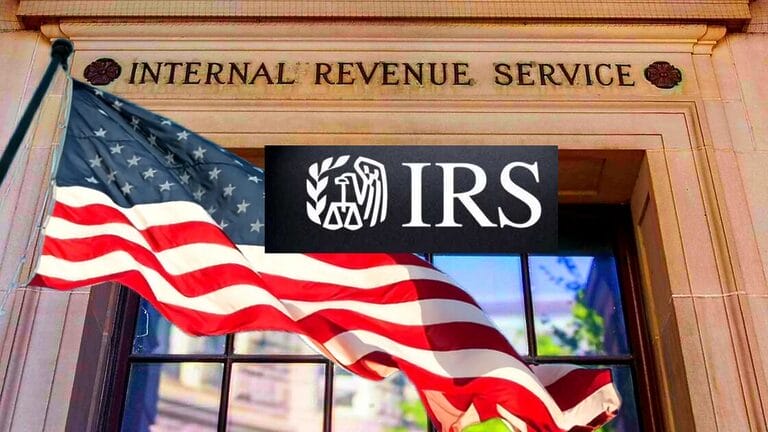Thousands of taxpayers in the country could see the Internal Revenue Service (IRS) withdraw money from their bank accounts.
The agency has toughened its stance against those who do not comply with their tax obligations and do not respond to payment notices.
The IRS has the authority to seize funds from bank accounts without the need for a court order if the taxpayer has repeatedly ignored payment demands.
Once the final notice has been issued, the agency may proceed with the garnishment of wages, bank accounts, and other assets until the debt is paid off.
The measure is applied without prior direct notice to the affected account, leaving taxpayers with a very limited time frame to avoid the withholding of funds.
How the IRS acts before seizing an account
The foreclosure process is not immediate, but follows a series of strict steps:
- Determination of the debt: The IRS calculates the taxes owed and sends a bill to the taxpayer.
- Non-payment: If the person does not pay or establish an agreement with the IRS, the debt remains in the system.
- Final embargo notice: The IRS issues the "Final Notice of Intent to Levy and Your Right to a Hearing" at least 30 days before taking action.
- Notification to third parties: The agency informs banks, employers, and others about the possible action to obtain the taxpayer's financial information.
If after these steps the taxpayer still does not respond, the IRS proceeds with the seizure and withholding of the funds.
How much time is there to avoid the withholding of funds?
Once the levy notice is issued, the IRS waits 21 days before enforcing the measure.
During this period, the taxpayer must contact the agency to establish a payment plan or clarify if it is an error.
The IRS warns that once funds are seized, they are frozen from the moment the order is received. However, deposits made subsequently into the account are usually not affected.
Can the IRS levy be stopped?
In some cases, it is possible to request the cancellation of the seizure if it is demonstrated that the measure causes immediate economic harm. This applies when the withholding of funds prevents covering basic and essential expenses.
To do so, the taxpayer must immediately contact the IRS using the number provided in the notification and submit detailed financial information.
However, it is important to remember that the lifting of the embargo does not mean that the debt disappears, but that a payment plan must be negotiated with the agency.
Continue reading in Directory News
Follow our channels of WhatsApp, Telegram y Facebook.
